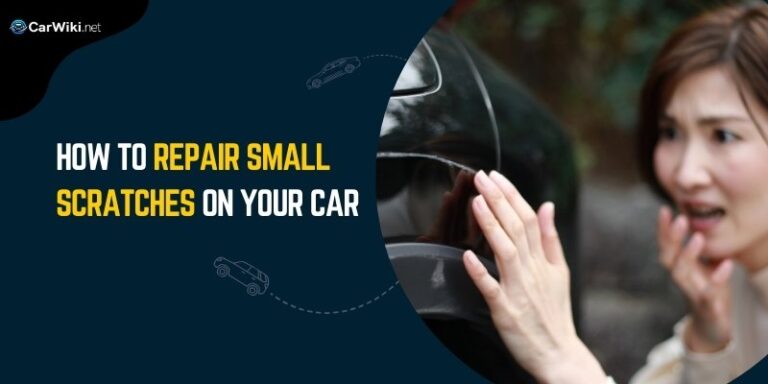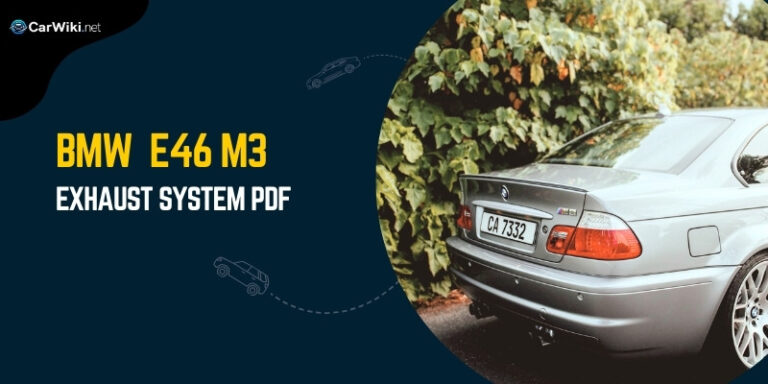Maintaining an Old BMW: 7 Essential Tips for Classic Models
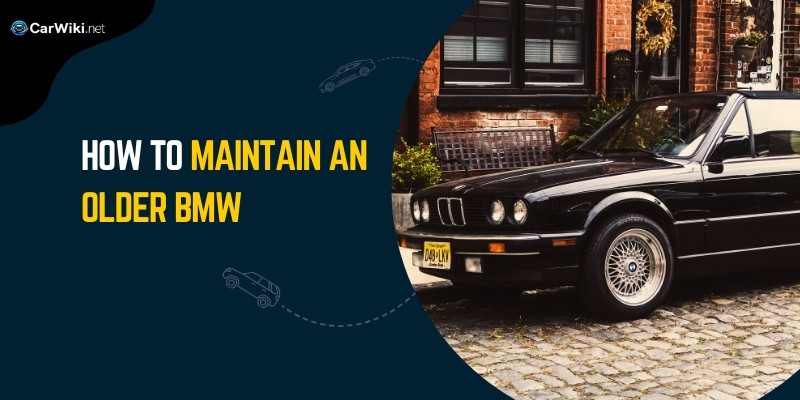
Maintaining an old BMW, be it a cherished 3 Series, a distinguished 5 Series, or a luxurious 7 Series, is as much about passion as it is about diligence.
These timeless vehicles, known for their engineering excellence and driving pleasure, require a dedicated approach to upkeep.
In this comprehensive guide, we delve deep into the art and science of keeping your classic BMW in peak condition, covering everything from regular maintenance to tackling common issues specific to these models.
1. Regular Oil Changes and Fluid Checks
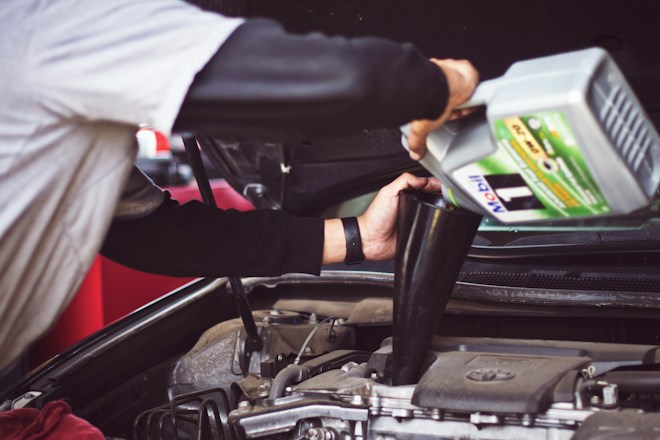
For the longevity of any classic car, consistent oil changes are non-negotiable, especially when it comes to maintaining an old BMW.
This is especially true for the high-performance engines found in models like the E46 M3 or the E39 540i, which are known for their demanding lubrication needs.
The CBS (Condition Based System) in BMWs, which calculates oil change intervals based on fuel usage, sometimes extends the intervals longer than what might be ideal for older engines.
It’s recommended to opt for shorter intervals, around 5,000 to 7,000 miles, depending on the model and usage.
Additionally, regularly checking and topping up other fluids like coolant, brake fluid, and power steering fluid is vital for smooth operation.
2. Attention to Filters and Gaskets
Filter and gasket integrity is critical in preventing leaks and ensuring efficient operation. For instance, the E39 5 Series, renowned for its robustness, can develop valve cover gasket leaks over time.
These leaks, if left unchecked, can lead to oil finding its way onto the exhaust manifold, posing a fire hazard.
Regular inspections can catch these issues early.
The same vigilance applies to air and fuel filters, ensuring the engine breathes and functions optimally.
3. Cooling System Maintenance
The cooling system is often a weak point in older BMWs. Models like the E46 and E39 are notorious for cooling system failures, with common issues including brittle plastic components like radiator necks and thermostat housings.
Upgrading to more robust aftermarket parts or preemptively replacing these components every 60,000 to 80,000 miles can save a lot of headaches down the road.
Additionally, regularly flushing the coolant and inspecting for leaks helps maintain engine temperature and performance.
4. Transmission Fluid Leaks
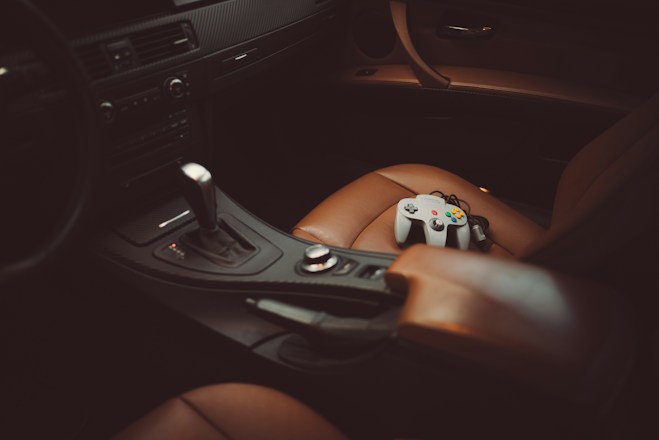
Automatic transmissions in older BMWs, especially the 5 and 7 Series, can develop leaks over time.
A common issue is the failure of the mechatronic sealing sleeve and pan gasket. These leaks, if ignored, can lead to transmission damage.
Regular checks and replacing the fluid every 60,000 miles can extend the life of the transmission, this is a key step in maintaining an old BMW especially if it has a lot of miles and never had a gear service done.
5. Timing Chain and VANOS System
The timing chain and VANOS system are vital components in BMW engines. The timing chain, generally reliable, should still be inspected, especially in high-mileage vehicles.
For instance, early models of the E92 3 Series have reported issues with timing chain tensioners.
The VANOS system, which adjusts the timing of the engine’s valves, can become clogged with dirty oil, especially in models like the E39 M5.
Regular oil changes and using high-quality oil can prevent these issues.
6. Electrical System Check-ups
Electrical issues in older BMWs can range from minor annoyances to major problems.
For example, the E38 7 Series may experience issues with window regulators or the infamous pixelated screens on the dashboard.
Regular check-ups, cleaning of electrical contacts, and sometimes firmware updates can mitigate these issues.
7. Tire Maintenance and Alignment
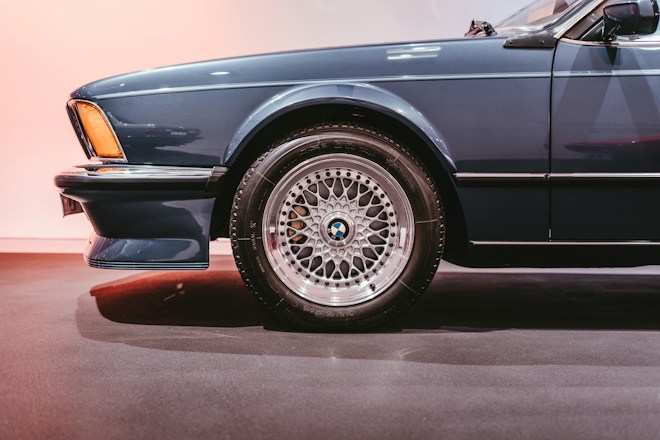
Tire maintenance is not just about replacing worn tires but also about choosing the right tire for your BMW model and driving habits.
The E30 3 Series, for instance, benefits greatly from a set of performance tires that can enhance its nimble handling.
Regular alignment checks, balancing, and rotation extend tire life and improve handling.
Conclusion: Maintaining an old BMW
Owning a classic BMW is a rewarding experience that comes with its set of maintenance requirements.
By adhering to these tips and committing to regular care, your old BMW can continue to offer the driving pleasure it was designed for.
Whether it’s the sports sedan feel of the 3 Series, the executive comfort of the 5 Series, or the luxury of the 7 Series, proper maintenance ensures these classic models remain as enjoyable as they were when new.
How to Maintain an Older BMW – FAQs
How often should I change the oil in my older BMW?
For older BMW models, it’s generally recommended to change the oil more frequently than modern cars, usually every 5,000 to 7,000 miles. This helps in maintaining engine health and performance.
What are common cooling system issues in older BMWs?
Cooling system failures are a known issue in older BMW models. This often involves wear and tear of hoses, radiators, and water pumps.
Regular inspections and proactive replacement of worn parts are advisable.
How can I identify transmission fluid leaks in my BMW?
Transmission fluid leaks can be identified by spots of red or brown fluid under the car. Checking the transmission fluid level regularly can also indicate if there’s a leak.
What should I know about the timing chain and VANOS system in my BMW?
While timing chains are typically long-lasting, it’s good practice to listen for any unusual engine noises, which could indicate issues.
The VANOS system, responsible for variable valve timing, may require attention if you notice changes in engine performance.
Are electrical issues common in older BMWs, and how can I address them?
Older BMWs may experience electrical issues due to aging wiring and connections. Regular check-ups and maintaining battery health can help prevent these issues.
What tire maintenance should I perform on my older BMW?
Regular tire checks for wear and tear, maintaining proper tire pressure, and getting alignments can ensure your BMW’s tires are in good condition, providing better safety and performance.
In addition, you should also do a tire rotation from time to time for additional benefits such as better fuel.
How do I keep the engine of my old BMW running smoothly?
Regular maintenance, such as timely oil changes, checking fluid levels, and replacing filters, is key.
Additionally, being attentive to any changes in engine sound or performance can help in the early detection of potential issues.
Related BMW articles:
- 2004 BMW Service Maintenance Checklist (Download PDF)
- BMW Color Codes: Authentic BMW Hues for E46, E39, E53 (PDF)
- 2004 E46 BMW M3 Owner’s Manual
- BMW Parts and Accessories Installation PDF for E46, E39, E53
- How to Replace BMW 3 Series Key Fob Battery (Guide)

